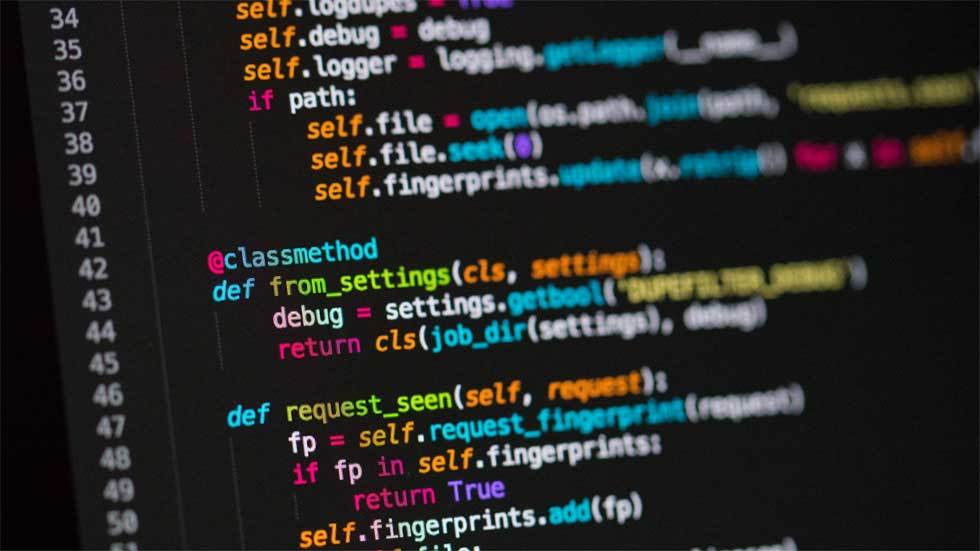 Python is een objectgeoriënteerde programmeertaal die kan worden gebruikt om eenvoudige tot complexe, platformonafhankelijke applicaties te ontwikkelen. Het is in de jaren negentig ontworpen door Guido van Rossum, die destijds in Amsterdam voor het CWI werkte. Guido was als BDFL betrokken bij de ontwikkeling van Python. Hij heeft daarnaast voor Dropbox gewerkt, ging daarna met pensioen en toen dat niet echt beviel, ging hij aan de slag bij Microsoft. Er zijn nu updates van Python 3.7, 3.8, 3.9 en 3.10 verschenen, die een verzameling van fouten en beveiligingsproblemen moet verhelpen.
Python is een objectgeoriënteerde programmeertaal die kan worden gebruikt om eenvoudige tot complexe, platformonafhankelijke applicaties te ontwikkelen. Het is in de jaren negentig ontworpen door Guido van Rossum, die destijds in Amsterdam voor het CWI werkte. Guido was als BDFL betrokken bij de ontwikkeling van Python. Hij heeft daarnaast voor Dropbox gewerkt, ging daarna met pensioen en toen dat niet echt beviel, ging hij aan de slag bij Microsoft. Er zijn nu updates van Python 3.7, 3.8, 3.9 en 3.10 verschenen, die een verzameling van fouten en beveiligingsproblemen moet verhelpen.
Python versions 3.10.8, 3.9.15, 3.8.15, 3.7.15 now availableDéjà vu? Right, a month after the expedited releases we are doing the dance again. This coincides with the regular scheduled time for 3.10.8 but since we accrued a few fixes in 3.7 - 3.9 as well, we’re again releasing all four editions at the same time. We’re not promising to continue at this pace.
Security content this timePython 3.10.8
- CVE-2022-40674: bundled libexpat was upgraded from 2.4.7 to 2.4.9 which fixes a heap use-after-free vulnerability in function
doContent- gh-97616: a fix for a possible buffer overflow in
list *= int- gh-97612: a fix for possible shell injection in the example script
get-remote-certificate.py(this issue originally had a CVE assigned to it, which its author withdrew)- gh-96577: a fix for a potential buffer overrun in
msilibAs a bugfix release coming a mere month after an out-of-schedule security release, 3.10.8 is somewhat smaller compared to 3.9.8 released at the same stage of the release cycle a year ago. There’s 151 commits vs 204 in 3.9. It’s still a larger release than 3.10.7 at 113 commits. One way or the other, it’s worth checking out the change log.
And now for something completely differentGranular convection is a phenomenon where granular material subjected to shaking or vibration will exhibit circulation patterns similar to types of fluid convection. It is sometimes described as the Brazil nut effect when the largest particles end up on the surface of a granular material containing a mixture of variously sized objects; this derives from the example of a typical container of mixed nuts, where the largest will be Brazil nuts.
The phenomenon is also known as the muesli effect since it is seen in packets of breakfast cereal containing particles of different sizes but similar densities, such as muesli mix. Under experimental conditions, granular convection of variously sized particles has been observed forming convection cells similar to fluid motion.


:strip_exif()/i/1395392811.png?f=thumbmedium)